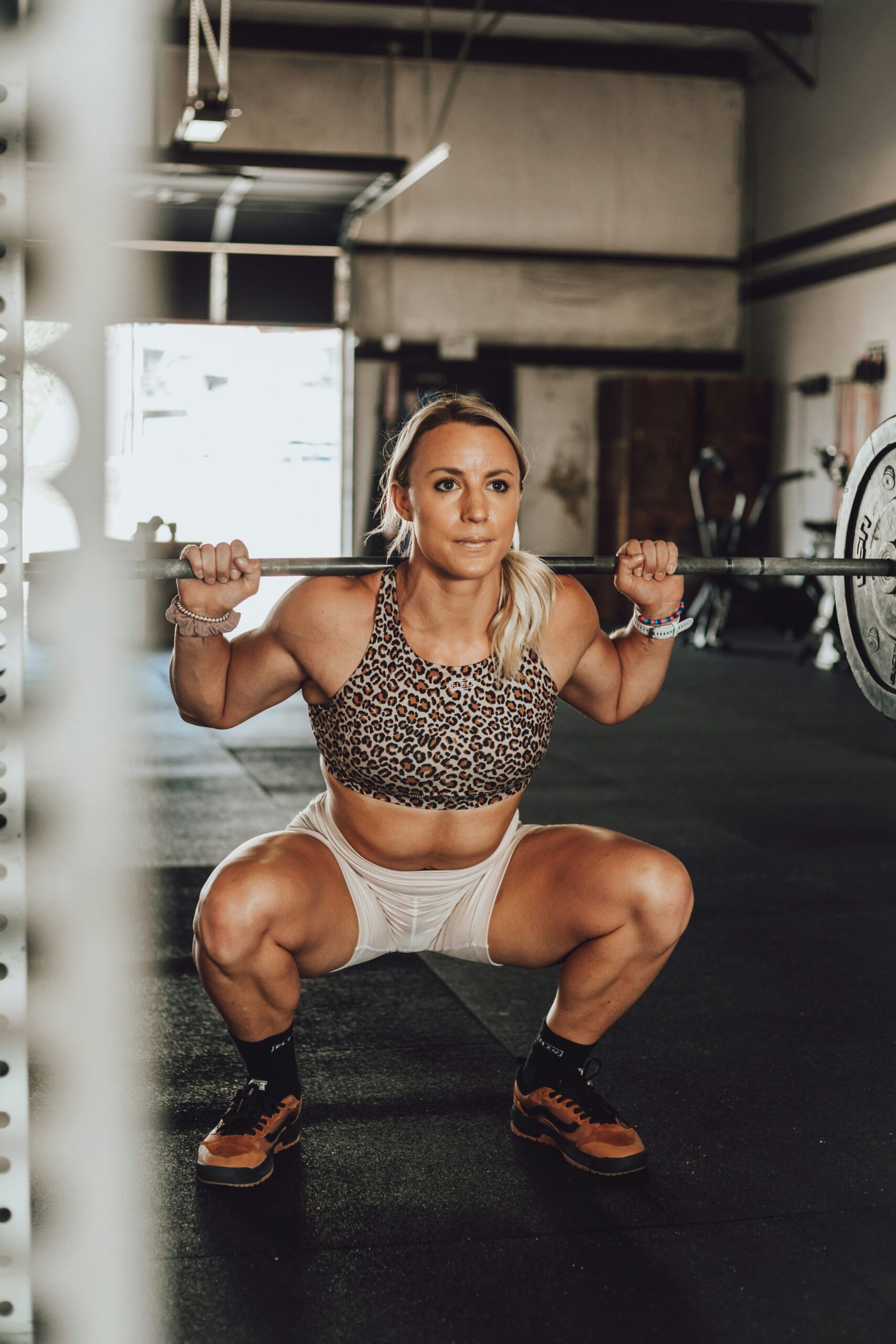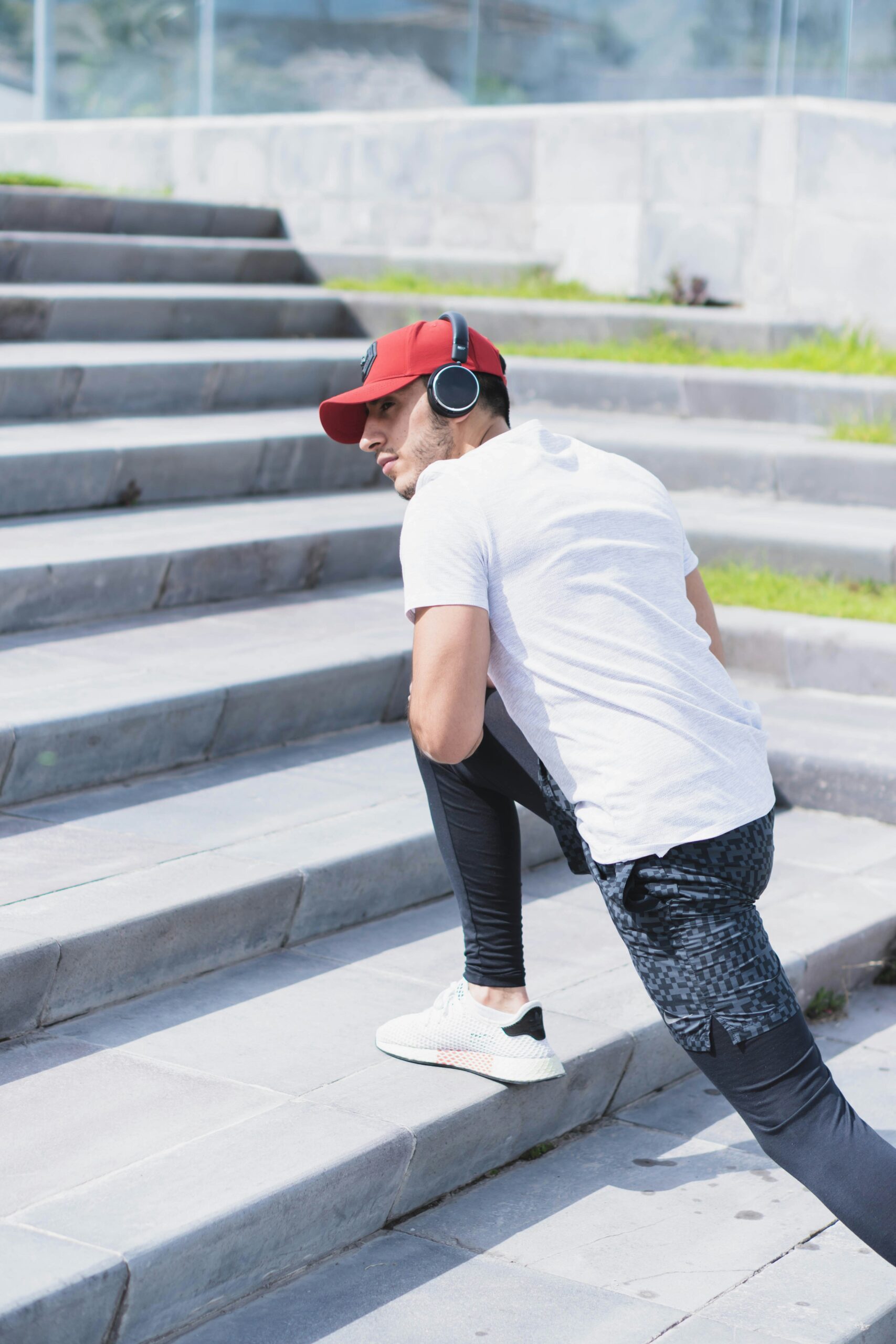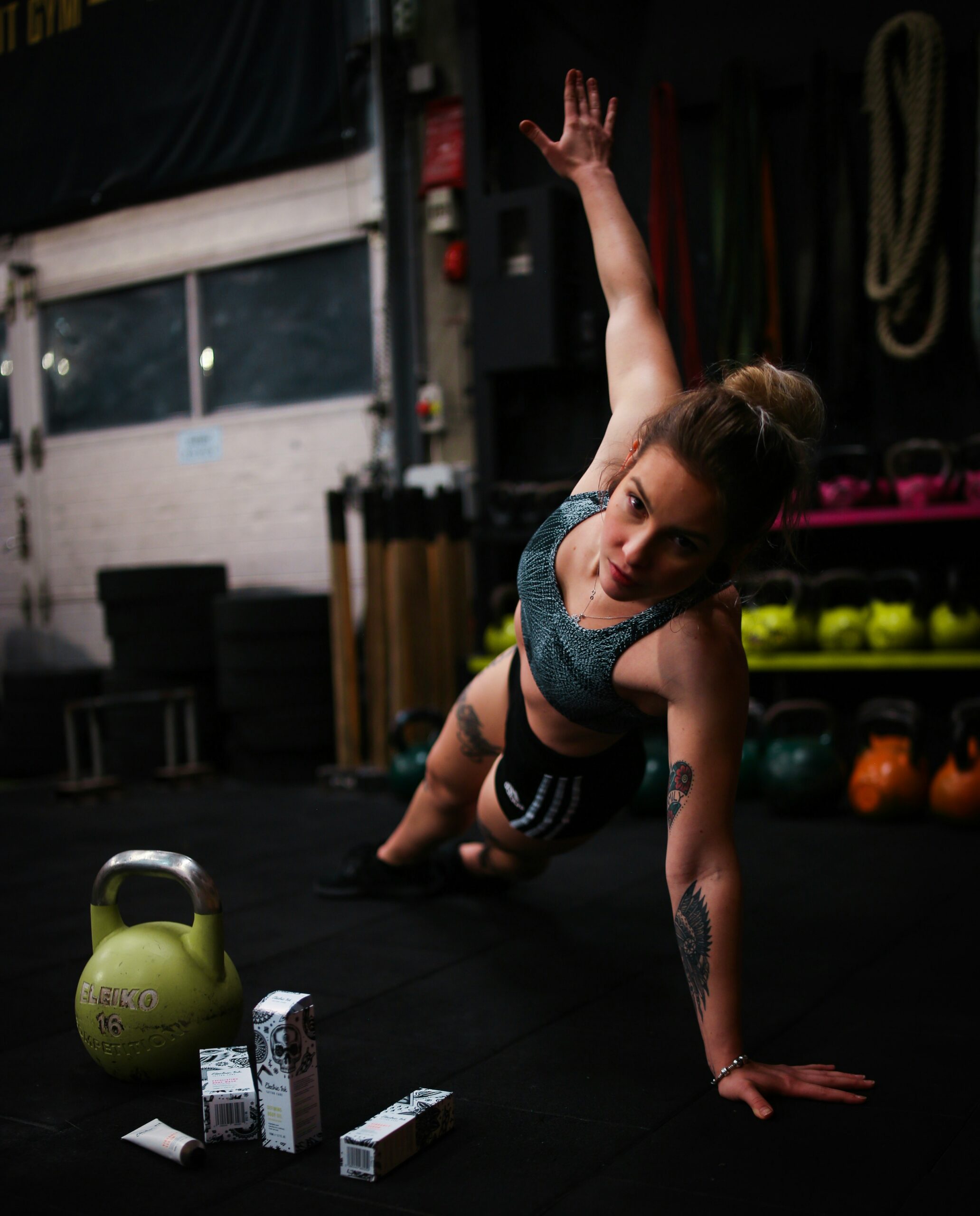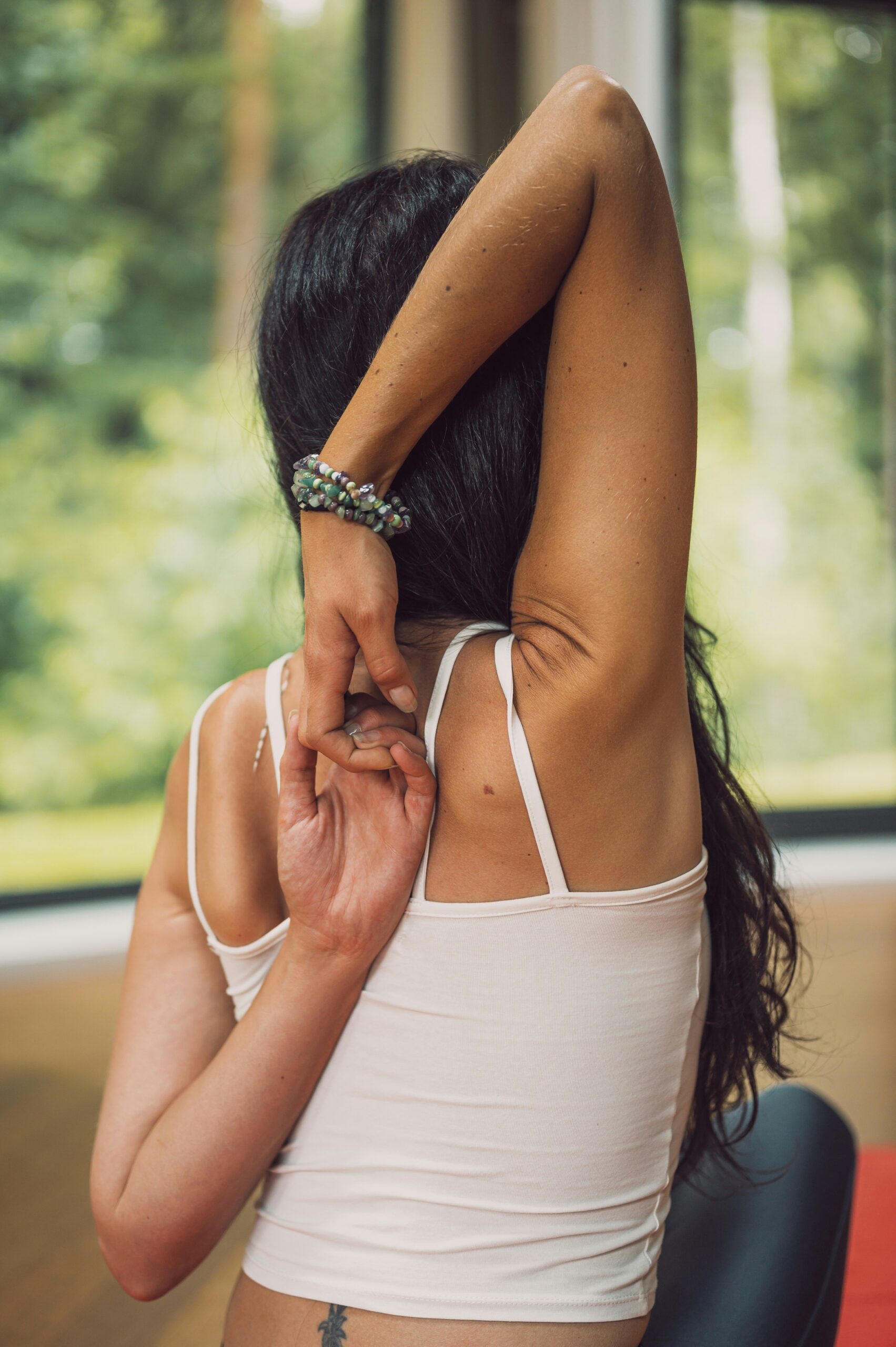3Barbell Squats: The King of Leg Exercises for Strength and Growth
If there’s one exercise that reigns supreme in the world of strength training, it’s the barbell squat. Often called the “king of exercises,” barbell squats target not just your legs but your entire body, making them a staple in any well-rounded workout routine. Whether you’re looking to build muscle, increase strength, or improve athletic performance, mastering the squat is crucial. Let’s break down why barbell squats are so effective, how to perfect your form, and explore variations that will keep you progressing.
Why Barbell Squats Should Be in Your Routine
Barbell squats are a compound exercise, meaning they work multiple muscle groups at once. While the primary focus is on your quadriceps, hamstrings, and glutes, squats also engage your core, lower back, and even your upper body as you stabilize the barbell. This makes them incredibly efficient for building overall strength and size.
Beyond aesthetics, barbell squats also improve functional strength, which is essential for everyday movements like standing, walking, and lifting. They enhance mobility, balance, and coordination, making them a must-do exercise for athletes and regular gym-goers alike.
Plus, barbell squats can boost your metabolism by engaging large muscle groups, leading to better fat burning and improved cardiovascular health. In short, squats are the full package!
Mastering the Basics of Barbell Squat Form
Proper form is everything when it comes to barbell squats. Not only does good form maximize muscle engagement, but it also minimizes the risk of injury. Here’s how to get it right:
- Set up the barbell correctly: Position the barbell in a squat rack at about chest height. Step under the bar and rest it across your upper traps or just below them, depending on whether you’re performing a high-bar or low-bar squat (more on that later). Grip the bar just outside shoulder-width, pull your shoulder blades together, and stand up to lift the bar off the rack.
- Position your feet: Step back from the rack and place your feet about shoulder-width apart. Your toes should be pointing slightly outward, usually at a 10-30 degree angle, depending on your natural stance and mobility.
- Engage your core and maintain good posture: Before you squat, take a deep breath and engage your core. This will protect your spine and help you maintain stability throughout the lift. Keep your chest up and your eyes looking straight ahead—don’t look down, as it can cause your back to round.
- Lower with control: Initiate the squat by pushing your hips back as if you’re sitting in a chair. Keep your knees in line with your toes and ensure they don’t cave inward. Lower yourself until your thighs are at least parallel to the floor, or go deeper if your mobility allows.
- Drive through your heels: As you push back up, drive through your heels and focus on keeping your knees in line with your toes. Your hips and chest should rise at the same pace to avoid leaning forward. Exhale as you stand up to complete the rep.
High-Bar vs. Low-Bar Squats
There are two main types of barbell squats: high-bar and low-bar. Each has its own benefits, and the one you choose depends on your goals and body mechanics.
- High-Bar Squat: In the high-bar squat, the barbell rests on your upper traps. This position keeps your torso more upright, which means the quads do more of the work. High-bar squats are often used by Olympic weightlifters and those looking to focus more on quad development.
- Low-Bar Squat: In the low-bar squat, the barbell sits lower on your back, usually on your rear deltoids. This shifts the emphasis to the hips and glutes, as the torso leans forward more. Low-bar squats are popular in powerlifting because they allow for more weight to be lifted by recruiting the posterior chain (glutes, hamstrings, and lower back).
Both variations are effective, and it’s worth trying each to see which one feels more natural for your body.
Common Mistakes to Avoid
While squats are incredibly beneficial, improper form can lead to injury or ineffective workouts. Here are some common mistakes to watch out for:
- Letting your knees cave inward: This is known as valgus collapse and can put unnecessary stress on your knees. Focus on pushing your knees outward as you squat to keep them aligned with your toes.
- Rounding your lower back: Rounding your back during the squat, especially when coming out of the bottom position, increases the risk of lower back injury. Keep your core engaged and maintain a neutral spine throughout the movement.
- Leaning too far forward: This often happens when the barbell is too far forward or if you don’t maintain proper core tension. Keep your chest lifted and focus on driving through your heels to avoid this issue.
- Not going low enough: Partial squats cheat you out of the full benefits of the exercise. Aim to lower yourself until your thighs are parallel to the floor, or go deeper if your mobility allows for it. Just ensure your form stays intact.
Progressing with Barbell Squats
Once you’ve mastered the basics, it’s important to keep challenging yourself by increasing weight, reps, or trying new variations.
- Increase the weight: Gradually increase the load on the barbell as you get stronger. This is key for muscle growth and strength development. Just make sure not to sacrifice form for the sake of adding more weight.
- Try paused squats: This variation involves pausing at the bottom of the squat for 1-3 seconds before pushing back up. Paused squats increase time under tension, which can lead to greater strength gains and improved control in the movement.
- Front squats: Instead of placing the barbell on your back, hold it across your front shoulders (in front of your neck). Front squats require more core stability and place more emphasis on your quads while reducing stress on the lower back.
- Overhead squats: This advanced variation involves holding the barbell overhead as you squat. Overhead squats require excellent shoulder mobility and core strength and are often used in Olympic weightlifting training.
- Box squats: Set up a box or bench behind you and lower yourself to sit on it briefly before standing back up. This teaches proper depth and can help build explosive strength, as you have to generate power from a dead stop.
Integrating Squats into Your Workout Routine
Barbell squats can be a cornerstone of your leg workout or full-body strength training routine. Here’s how to incorporate them based on your goals:
- For strength: Focus on 3-5 sets of 3-5 reps with heavier weights. Rest for 2-3 minutes between sets to allow for maximum recovery and power output.
- For muscle growth: Aim for 3-4 sets of 8-12 reps with a moderate weight. Keep your rest periods between 60-90 seconds to maintain intensity and encourage muscle hypertrophy.
- For endurance: If your goal is muscular endurance or toning, go for 2-3 sets of 15-20 reps with lighter weights. Keep the tempo steady and controlled to avoid rushing through the reps.
Barbell squats also pair well with other lower-body exercises like lunges, deadlifts, and leg presses. For example, you can alternate between squats and deadlifts for a complete lower body workout that targets both the quads and hamstrings.
Wrapping It Up
Barbell squats are a powerhouse exercise that should be in every lifter’s arsenal. They’re effective for building strength, muscle mass, and overall lower-body stability, while also engaging your core and upper body. By focusing on proper form, experimenting with variations, and progressing consistently, you’ll reap the full benefits of the king of exercises.
So, next time you hit the gym, don’t shy away from the squat rack. Embrace the challenge, push yourself, and watch your legs—and overall strength—grow. Happy squatting!





